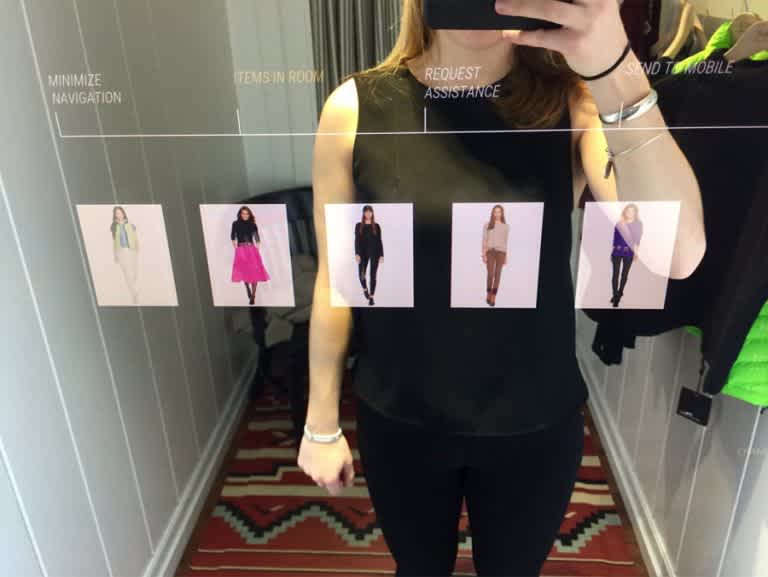
30 December 2020
What is omni-channel retail? 15 of the best solutions for omnichannel success
Admin
Omni-Channel
With omni-channel retail (or omnichannel commerce) brands utilise multiple marketing channels to create a single user experience and sell their products both offline and online.
Access to internet-connected mobile devices has transformed shopping into a 24/7 activity across multiple channels. Omni-channel is a “multichannel” approach to sales that focuses on providing seamless customer experience across all channels.
There are 4 key channels:
Online store
Marketplaces (amazon, ebay, etc)
Social (facebook, instagram, youtube, snapchat, etc)
Physical store (or pop-up stores)
To be successful in retail you need to show your product wherever consumers are spending their time. When retailers own all these channels it enables cashflow 24/7 from multiple different sources and devices.
You need to keep customers moving around within your ecosystem, with each channel working in harmony to nurture more sales and engagement. Omni-channel marketing is about providing a cohesive, seamless and consistent customer experience across all channels.
An example with Jane:
Jane is 22 years old and travelling home on the bus from university. She is browsing Instagram when she sees an influencer wearing a beautiful dress she likes. She clicks on the image and there is a link to view the item on an online store. On the store she watches a video of a model doing a catwalk in the dress and loves it even more. She can see reviews from happy customers that they love the dress so she adds to cart. She has an event tomorrow night so she selects same day delivery. She arrives home and 1 hour later her new dress arrives. She tries it on but unfortunately the size isn’t perfect. She jumps online and looks for a local store with the right size in stock. The next day she jumps in her car and heads into the store and is pleasantly surprised with how easy it was to in-store exchange the online item to the correct size. While there she sees some amazing shoes that match the dress. She tries them on but unfortunately they don’t have her size in-store. The store assistant uses her iPad to find another store that has her size in-stock and she places a ship-from-store order from another state and the shoes will be delivered to Jane’s home tomorrow. Jane couldn’t be happier! The following night after her shoes arrive she gets dressed in her new outfit and posts an image on facebook tagging the store and thanking them for their service. Jane didn’t realise at the time though the store rewards anyone who tags them on social so she automatically earned a loyalty point which she was notified by on email. She clicked the link to review how the rewards work and could see she now has 10% discount on her next purchase, so she will go back in-store tomorrow for that bag she liked … to be continued.
As you can see from Jane’s journey there was a SOCIAL > WEB > STORE > SOCIAL > WEB > STORE omni-channel experience.
The journey of an omni-channel shopper is spread across bricks and mortar stores, social media, apps, desktops and mobile devices.

Photo: Ralph Lauren’s New York City flagship store scans items the shopper wants to try on, which are then displayed on the interactive mirror in their dressing room.
Rethink your offline and online experience
You need to rethink what your physical store experience will be in the future. Build relationships with customers by offering workshops, complimentary makeovers, touchscreens for efficient product testing, etc.
Your online experience should allow shoppers to watch tutorials, find stock availability and their closest store, track rewards, virtually try-on products, create wish lists, read reviews etc.
Shoppers want a seamless engagement, consistent messaging, and the ability to control the purchase process based on their own needs, availability, and preferences.
15 omni-channel solutions:
Provide “click and collect” (customers order online and pick-up in store). Display integrated in-store stock visibility.
Provide “ship from store” (retailers use stock from physical stores to fulfil online orders)
Provide “endless aisle” (enable customers in your physical stores to virtually browse/order products that will be shipped to their home)
Reward social sharing and reviews of in-store purchases
Provide digital mirrors (scanned items displayed on interactive mirror with social share option)
Give in-store staff iPads for digital experiences in-store
Develop suburban distribution centre spaces for speed of delivery (Same-day or next-day). Focus on simplicity and efficiency of delivery.
Provide an easy returns process (including in-store from online)
Provide multi-channel loyalty and gift card usage
Consolidate data from across channels and systems into an integrated customer profile
Use Analytics to provide real-time insights so you can provide the most relevant experiences across all channels
Integrate channels (eg allow shop online from social media)
Provide useful mobile functionality for a better in-store experience (eg compare, wish-list, reviews, videos, etc)
Use profile data to orchestrate digital and offline experiences that are consistent and targeted to the right audience.
Remember returning customers from any channel and provide a personalised experience, allow repeat purchase, quick checkout, etc.
A cohesive omnichannel strategy enables you to deliver the experiences customers want, leading to stronger brand loyalty, higher retention rates and lower churn rates.
To achieve omni-channel success you need to partner with an experienced digital agency to help you setup and integrate your systems (eg Order Management System (OMS), Enterprise Resource Planning (ERP), Product Information Management (PIM) etc, with your commerce platform (eg Magento, Shopify etc) and the best suite of marketing and analytics tools to provide automated personalised experiences across every channel.
acidgreen have been specialising in digital commerce for over 20 years and were pioneers and innovators of omni-channel commerce in Australia. If you would like to learn how acidgreen can get your business omni-channel enabled simply contact us.
Need help setting up your e-commerce website?
Contact Us